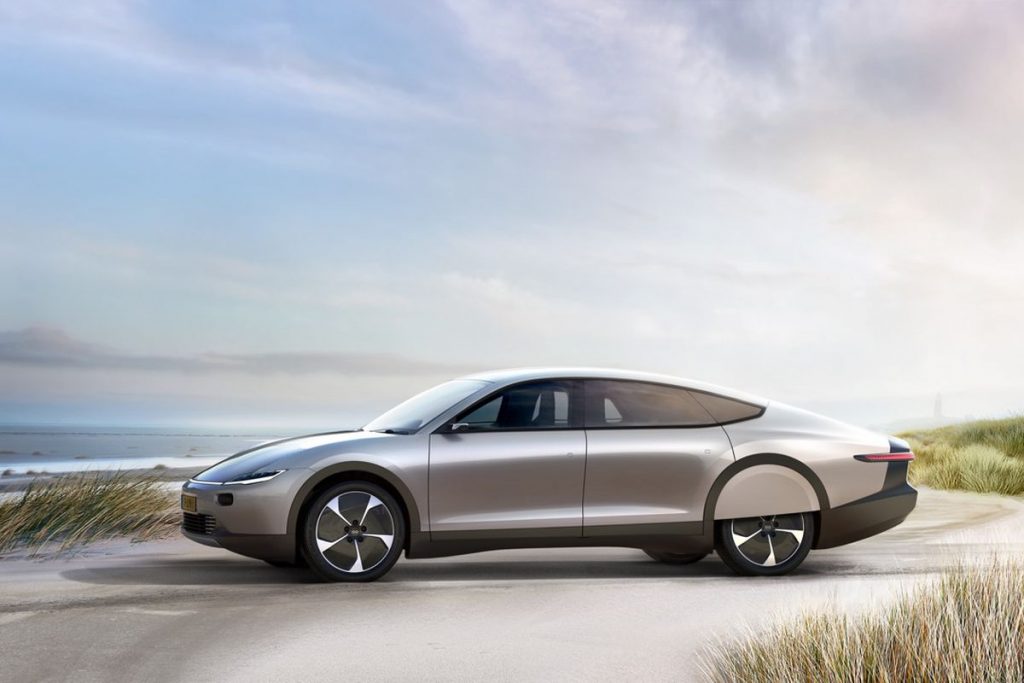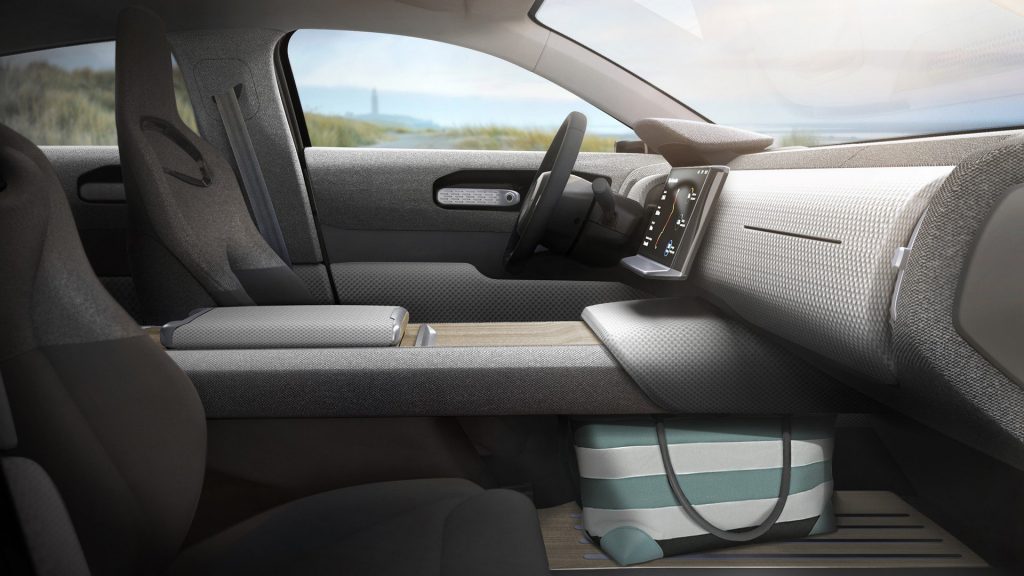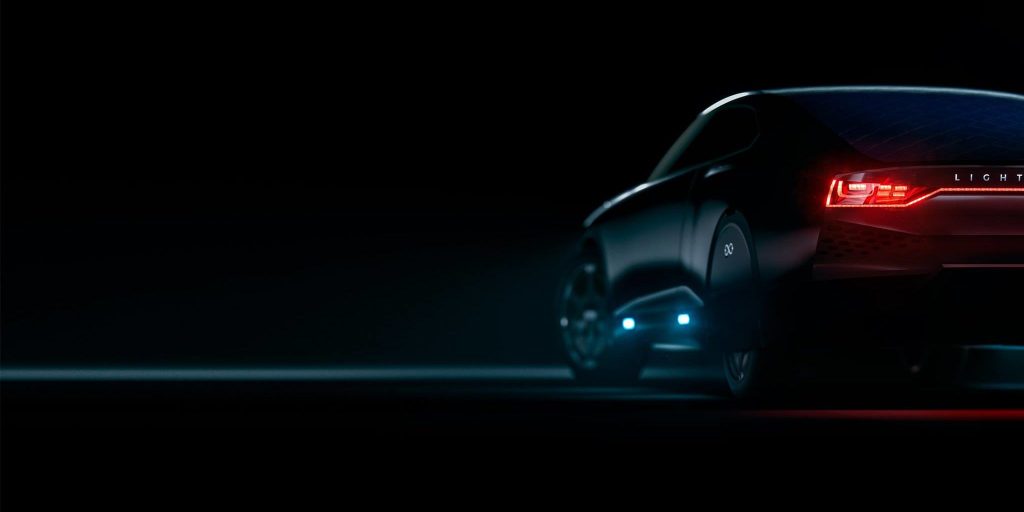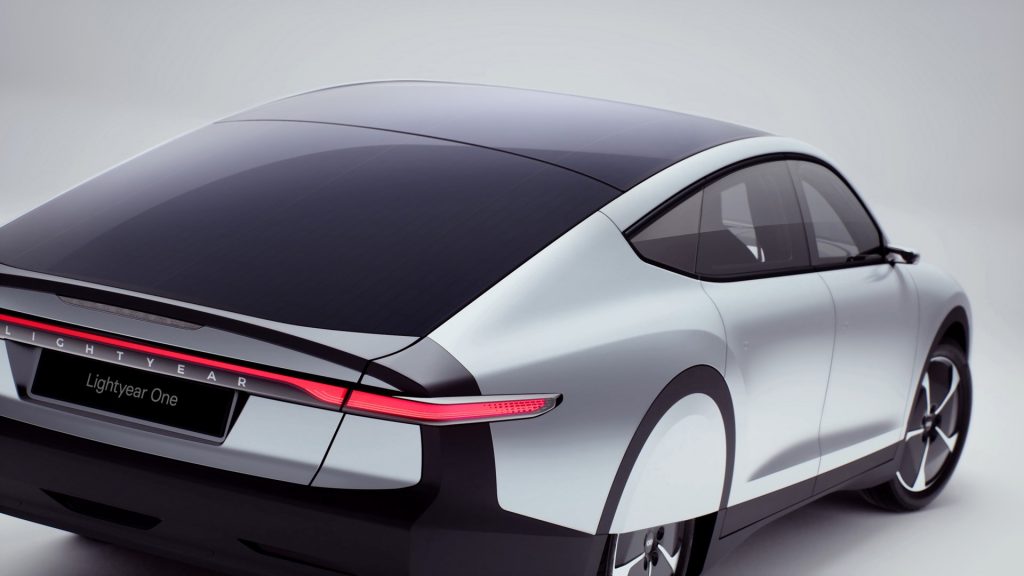This is a recurrent news story about sustainable mobility that never seems to go away, but this time around, it’s looking more like a reality. Lightyear One is an electric car that’s charged directly with sunlight, and this incredible feat of engineering boasts 700 kilometres of autonomy just be being powered by the sun…
The Holland-based company, Lightyear, has produced its most groundbreaking proposal to date. This electric car differs from the rest as it comes with an incredibly long-raging autonomy, an ultrafast charge and the most ingenious feature of all, solar charging.

If it weren’t for the fact that we’ve already seen the first prototypes rolled-out, the details being sold to us would sound more like something from a science fiction movie. The battery is relatively small, but it still allows a charge that will cover you for up to 400 kilometres using a single 230V outlet.
The first prototypes were recently revealed before a select group of investors, and large inflows of capital are expected to take it to the assembly lines on a massive scale, with 2021 earmarked as the deadline to start delivering to consumers.

Technologically speaking, it’s a very ambitious proposal with a clear vocation to democratise clean mobility. Lightyear is a young company that was founded in 2016 by former students of the Solar Eindhoven team.
This formidable team of engineers became known to the world after winning the 2013, 2015 and 2017 prestigious scientific and commercial Bridgestone World Solar Challenge event.
Between awards and subsidies, Lightyear has somehow managed to develop this prototype in just two years, which is something of a record in the automobile sector.
Lightyear claims to have taken orders for 100 cars already before starting on the production line, and this young company has put technology above all other things and is clearly fixated with optimising efficiency, performance and safety.
The company’s engineers state that the car makes the most out of every ray of sunshine. Maximum range in the best possible conditions with the help of a small battery that can be charged via sunlight or from conventional charging stations is 725 kilometres.
Up to 20,000 kilometres of autonomy can be covered per year by directly charging the car from the sunlight. Basically, the lucky owner of one of these spectacular cars can charge their vehicle much faster than any other type of domestic power outlet, along with the versatility of the solar panels on both the hood and roof of the car. All in all, the car is covered with five square metres of solar cells beneath incredibly strong safety glass.

One of the car’s main advantages is that it doesn’t require any special type of charging infrastructure or a network of particular electric suppliers.
Lightyear One has a propulsion system powered by 4 independent in-wheel motors, which means there is a minimum loss of energy in transit from the engine to the wheel.
Now, we just have to wait and see how they moderate the costs to adjust to the Dutch “democratisation” concept, right now if you want to reserve one of Lightyear One’s pioneer editions from the company’s website, you’ll need to shell out €119,000, so, for the moment, it’s not exactly within everyone’s price range.







